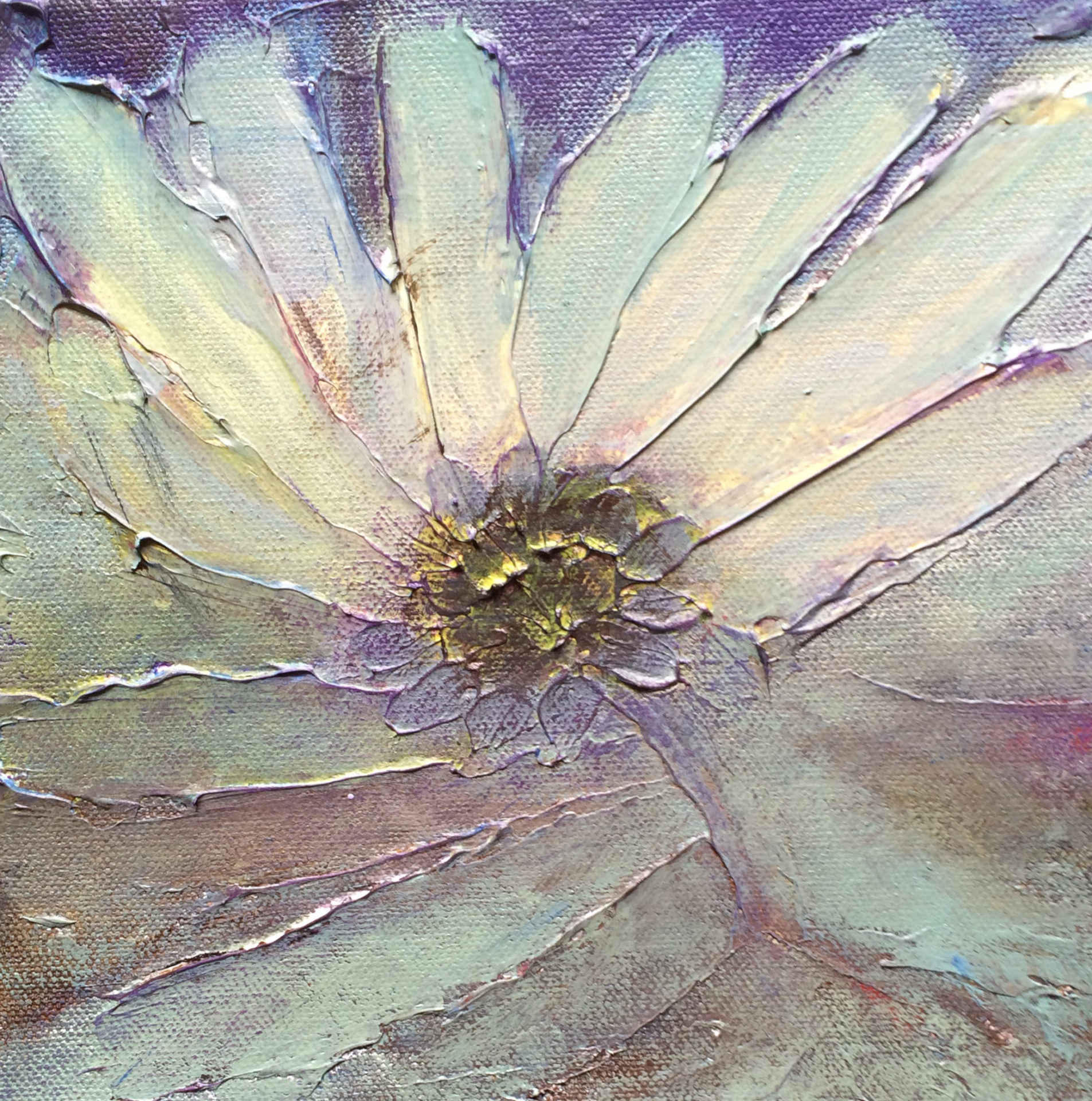Throughout this year (2021), prior to our weekly sits at the Episcopal House of Prayer, we introduce short, practical exercises. These exercises intend to complement regular prayer practice—that is, their content and form will focus on building up the prayer muscles that support contemplative prayer. Each exercise is repeated for three to four weeks at a time. Our shared intention is to provide communal space for learning as we engage the contemplative path.
This week’s exercise will assist us with the intention of developing a still mind so that we can decrease agitation and fragmentation and increase calm and union, all in support of a more holistic way of deeply knowing. Saint Benedict, in the fifth century, opened the prologue to his Rule of Life with the phrase, “Listen, my dear child, with the ear of your heart.” Paradoxes like this, the idea of trying to use the organ of the heart to do something that the organ of the ear is supposed to do, invite us explore the deeper meaning of the invitation. Does our heart have multiple capacities? We recognize the physical organs of our brain and our heart, but how do they relate to the spiritual organs of our mind and heart? How do we know God, ourselves, and the world through the spiritual organs of our mind and heart?
John Phillip Newell introduced me to a Jungian framework for understanding how we know things in different ways. Sun Light/Moon Light…For most of us, our sun light form of knowing is overactive and our moon light knowing is underactive; we are awake during the daytime and asleep at nighttime. Part of the intention of this exercise is to practice a discipline of soft-gazing with our eyes in order to allow our overactive sunlight mind to feel sleepy, thus allowing more space for our sleepy moonlight knowing to wake up!
As we begin, I invite you first to close your eyes. With your eyes closed, I am going to invite you through a series of invitations to tighten, twist, and release different face muscles. Remember, our eyes are all closed, so no need to worry about how you look as we contort our face muscles.
First, I invite you to lift your eyebrows and forehead up and down a few times. Next, try to tighten or flex your ear muscles and the band of muscles in-between your eyes and ears. Then, let’s scrunch up our noses and lift up the top part of our cheek muscles toward our eyes. Next, drop your jaw and loosen or shake it side to side before closing your mouth again. Now, sitting still again, notice the physical sensation of stillness after tightening and releasing all of these muscles.
Now that we’ve loosened up our physical muscles, I invite you to open your eyes again. At this point, I invite you to keep your head still and facing forward, but move your eyes around wildly and crazily, looking in all directions, up, down, around in circles. Open your eyes real wide and raise your eyebrows again. Relax the muscles at the tops of your cheeks, relax the muscles in your eye sockets. Trust that your eyes will stay put in their sockets and allow your eye muscles to rest and be still.
With your eyes still open, I invite you to lower your gaze and focus on a point on the ground or in the room in front of you. Soften the focus of your gaze as you look down. Relax your eyelids and allow them to droop a little bit over your eyes. Let your eyes feel soggy and sleepy. With this soft-gaze intention, now begin to slowly move your head by moving your neck muscles. Try to lead your head with your neck muscles and not with your eyes…move your head and then follow with your soft-gaze eyes. As your head moves and you perceive objects in your vision, try not to focus or look at anything in particular, just gaze softly. Allow your sleepy eyes to follow the movement of your head. As you move your soft gaze, let your mind stay still as well, sleepy and at rest. Don’t focus. Don’t observe. Don’t name objects as your gaze falls upon them. Simply move your head slowly and allow your soft-eyes gaze to follow.
After a minute or two, center your head again facing forward and slightly down. Lower your gaze and keep your intention to maintain soft-gaze attention. When you notice anything coming into focus or any muscles that have tightened, simply relax, again, and return to the intention of soft-gaze eyes. You may wish to imagine, from this position, looking down into the cavity of your heart region. Encourage your attention to be present to your heart-knowing. What is it like, now, to see with the eye of your heart?
- What do you notice in your head, heart, and senses as you engage the exercise?
- How might this exercise impact or intersect with your practice?
- After doing the exercise, what do you wonder about?

